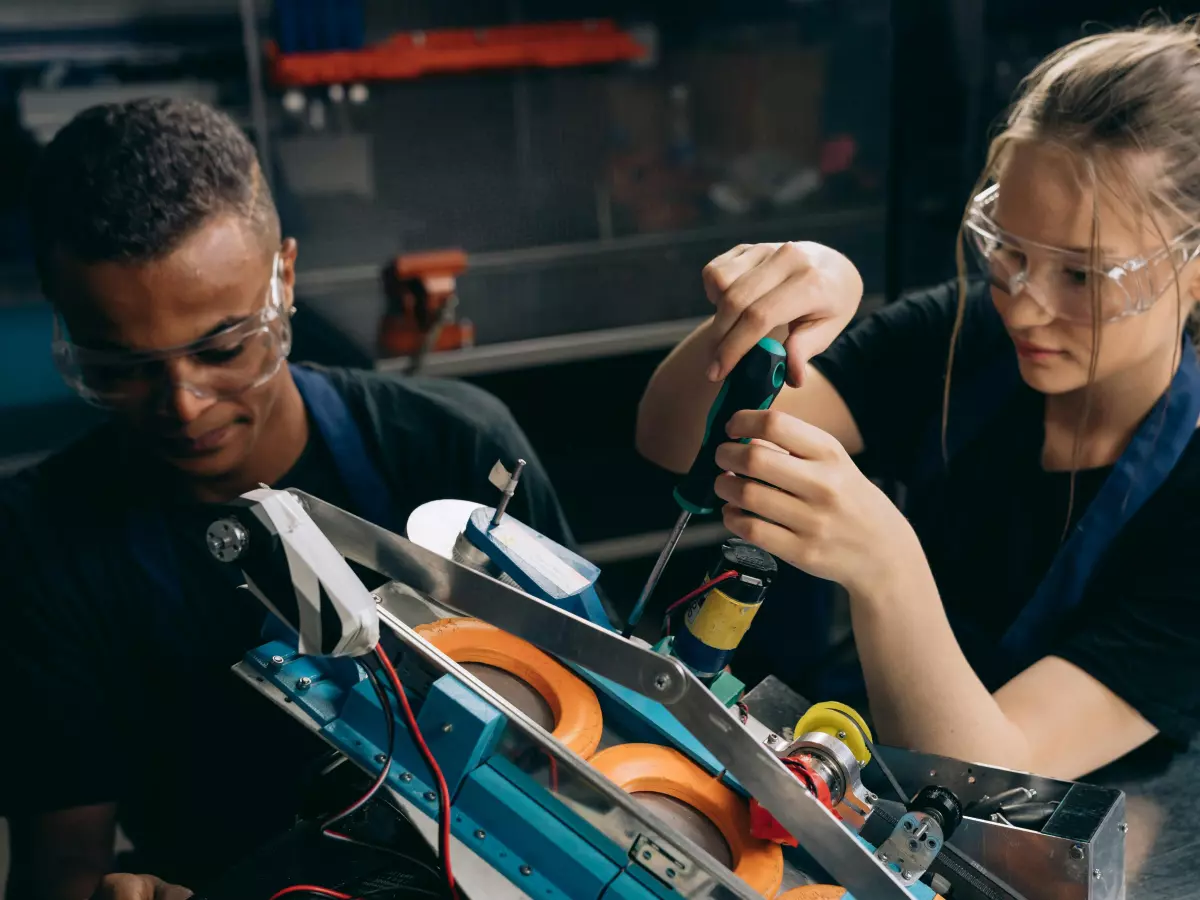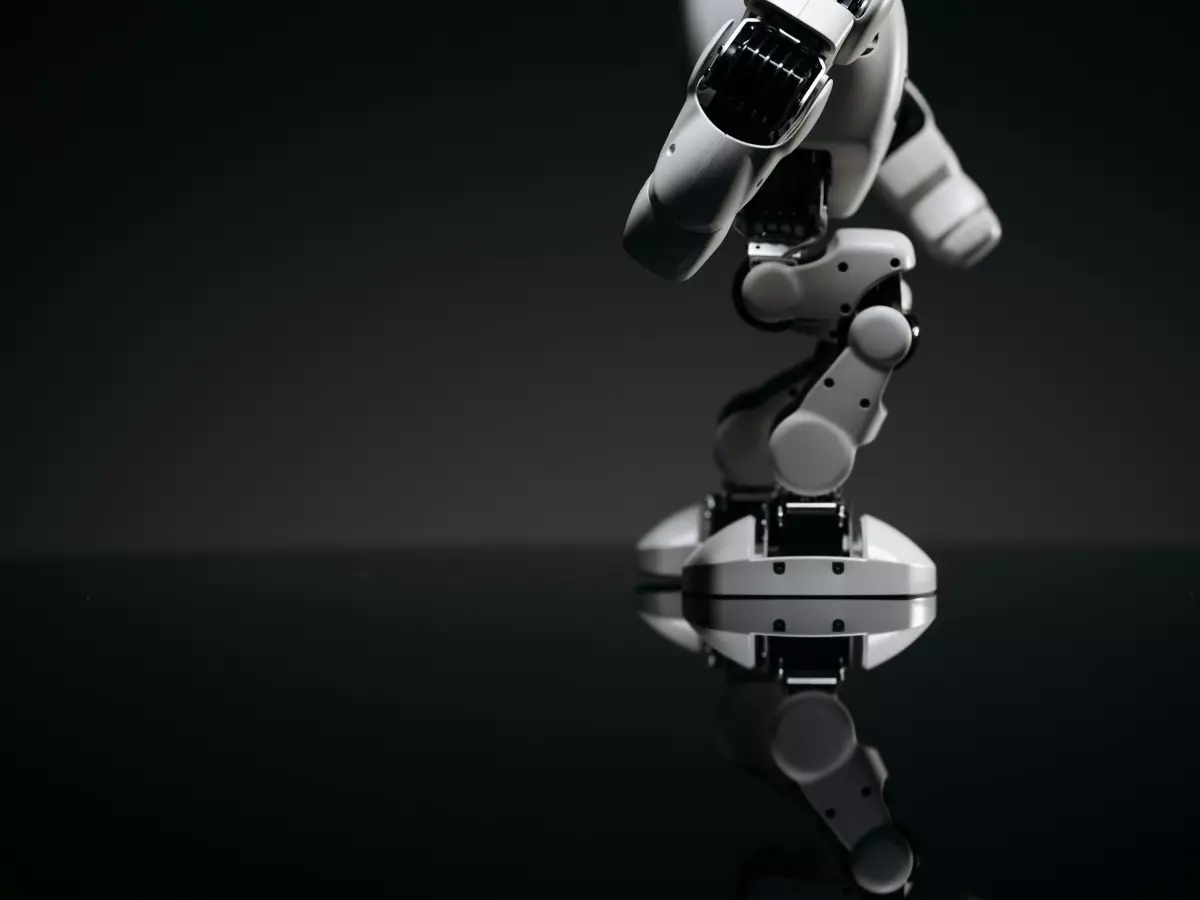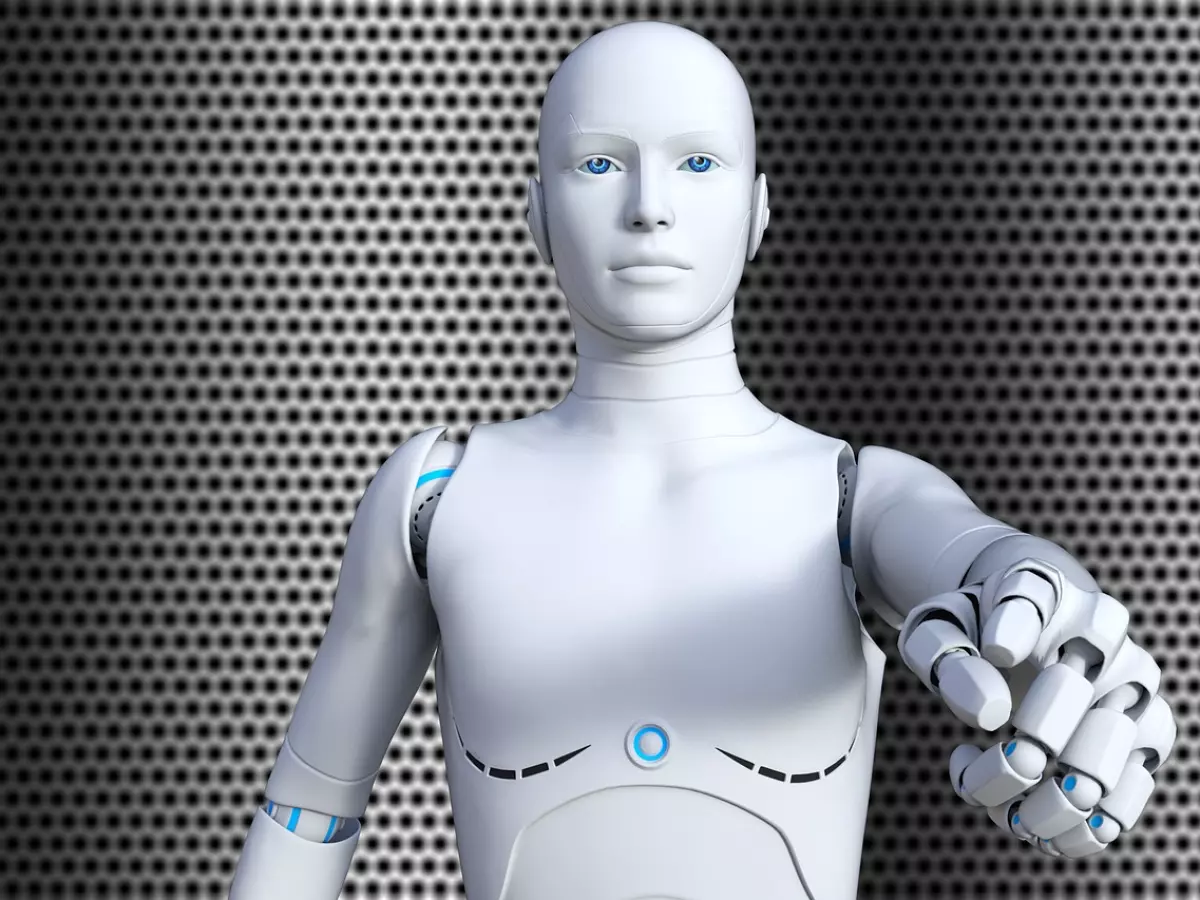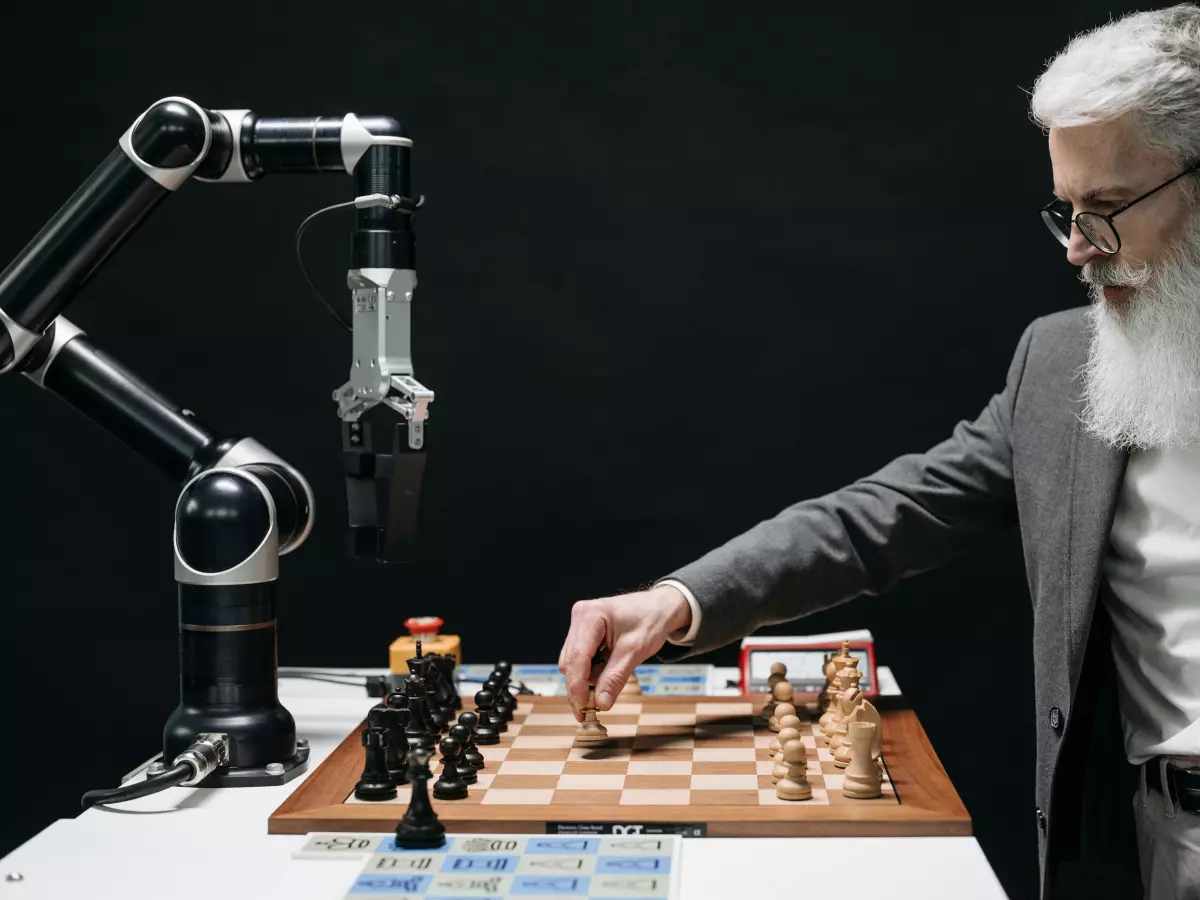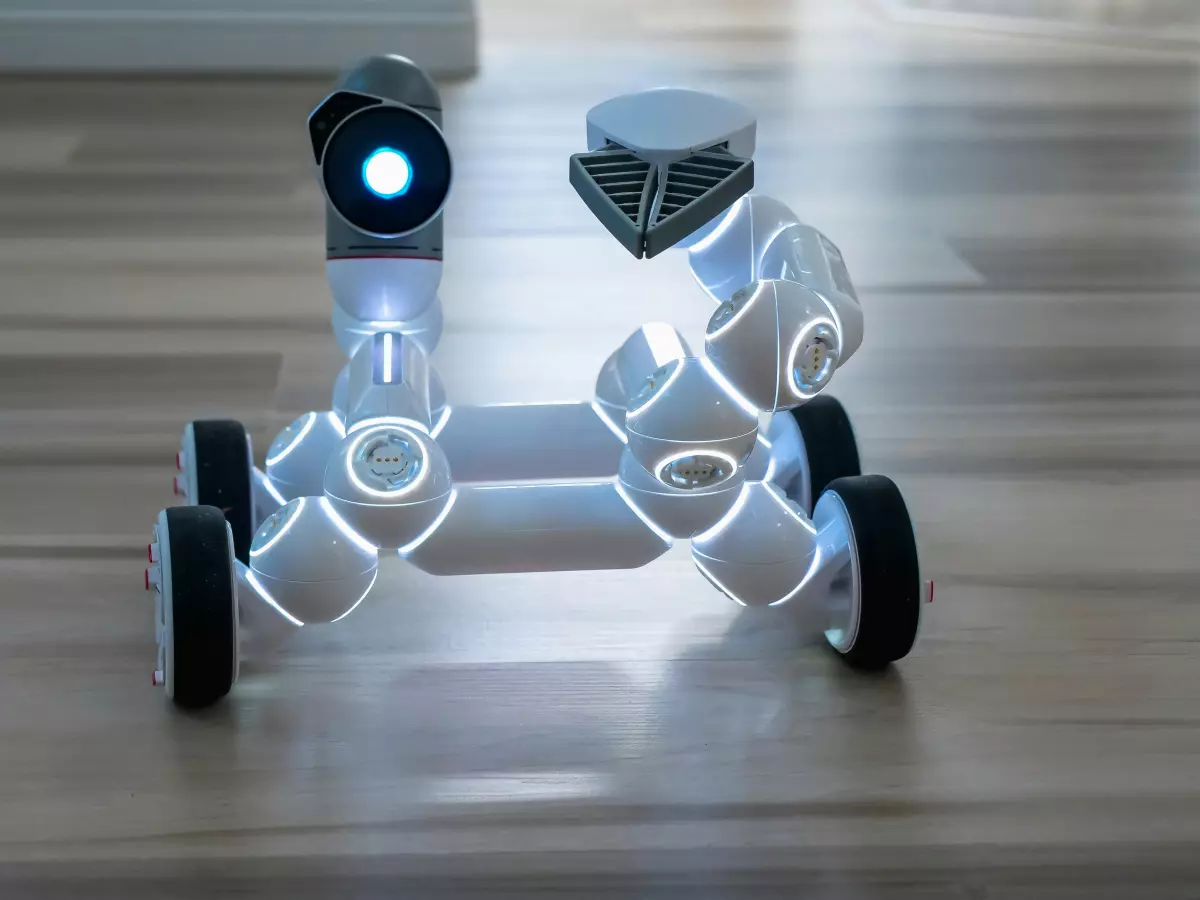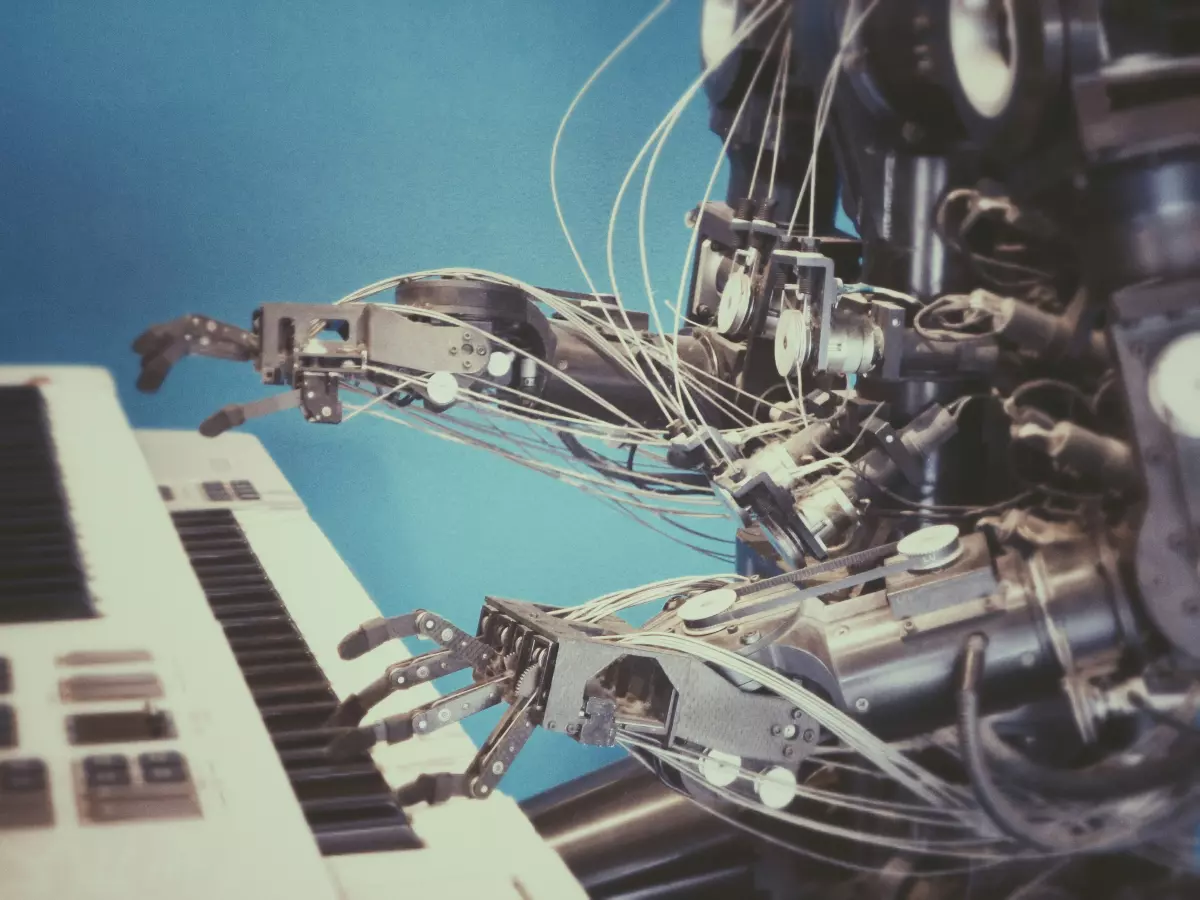Powering Autonomy
Imagine a robot, sleek and agile, ready to conquer its tasks—until it suddenly powers down. The culprit? A weak power system.
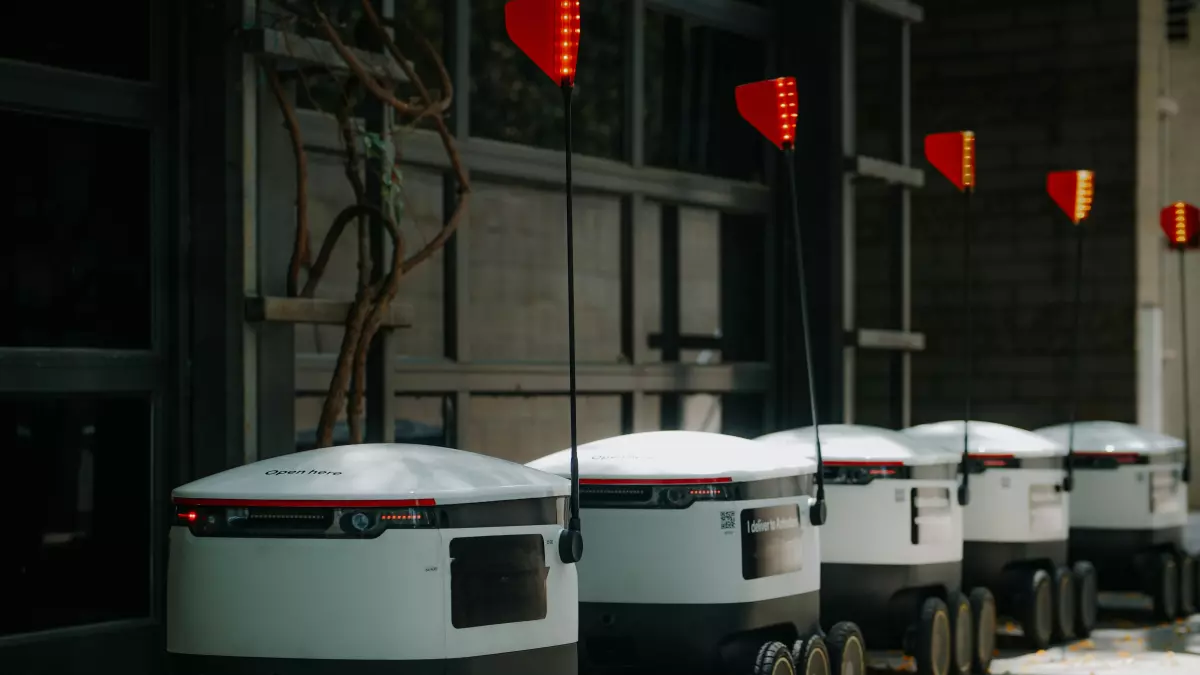
By Jason Patel
Power systems are the lifeblood of robotics. Without them, even the most advanced robots are nothing more than glorified paperweights. But here's the kicker—while we often focus on sensors, actuators, and control algorithms, power systems are the unsung heroes that keep the whole operation running. And yet, they’re often overlooked. Let’s dive into why power systems are so crucial in autonomous robotics and how they impact everything from hardware design to software control.
The Heartbeat of Autonomy
Think of a robot's power system as its heartbeat. Just like how your heart pumps blood to keep you alive, a robot's power system delivers the energy it needs to function. Whether it's a warehouse robot lifting heavy loads or a humanoid robot navigating complex environments, none of that happens without a reliable power source. But here’s the irony: while we obsess over how fast or smart a robot is, we rarely ask how long it can keep going. And that’s where power systems come into play.
In autonomous robotics, power isn’t just about keeping the lights on. It’s about efficiency, endurance, and adaptability. A well-designed power system can make the difference between a robot that can work for hours and one that needs a recharge after 30 minutes. And in industries like logistics or healthcare, that difference is massive.
Energy Management: The Software Side
Let’s talk software. You might think power systems are all about hardware—batteries, capacitors, and charging stations. But here’s the twist: software plays a huge role in managing energy consumption. Autonomous robots rely on complex algorithms to optimize their power usage. These algorithms monitor every action the robot takes, from moving its arms to processing sensor data, and adjust power consumption accordingly. It’s like having a personal trainer for your robot’s energy levels.
For example, a robot might reduce its speed when it’s low on power or prioritize essential tasks over non-essential ones. Some robots even have the ability to enter a low-power mode when they’re idle, conserving energy for when it’s really needed. This kind of energy management is crucial for robots that operate in environments where recharging isn’t always an option—think Mars rovers or underwater exploration robots.
Hardware Design: The Power Puzzle
Now, let’s flip the coin and look at the hardware side. Designing a power system for a robot isn’t as simple as slapping on a battery and calling it a day. Engineers have to consider a range of factors, including weight, size, and energy density. A robot designed for heavy lifting might need a large, high-capacity battery, but that comes with trade-offs in terms of weight and mobility. On the other hand, a lightweight drone needs a power system that’s compact and efficient, but it might not last as long in the air.
Then there’s the question of energy sources. While most robots rely on traditional lithium-ion batteries, some are exploring alternative energy sources like fuel cells or even solar power. These options can offer longer operational times, but they also come with their own set of challenges, such as cost and complexity.
The Future of Robot Power Systems
So, what’s next for robot power systems? One word: optimization. As robots become more autonomous and take on more complex tasks, the demand for efficient, reliable power systems will only grow. Researchers are already working on next-gen batteries that can store more energy in smaller packages, as well as smarter software that can predict a robot’s energy needs in real-time.
We’re also seeing advancements in wireless charging technology, which could allow robots to recharge without needing to dock at a station. Imagine a warehouse where robots can charge themselves on the go, without ever stopping their work. That’s the kind of future we’re heading towards.
Why It All Matters
At the end of the day, power systems are what make autonomy possible. Without them, robots would be tethered to charging stations or limited by short battery lives. And as robots continue to evolve, so too must their power systems. Whether it’s through better batteries, smarter energy management software, or new energy sources, the future of robotics depends on how we solve the power puzzle.
So, the next time you marvel at a robot’s ability to navigate a complex environment or perform intricate tasks, remember that none of it would be possible without a robust power system humming away in the background. It’s the unsung hero of autonomy, quietly driving the future of robotics.
